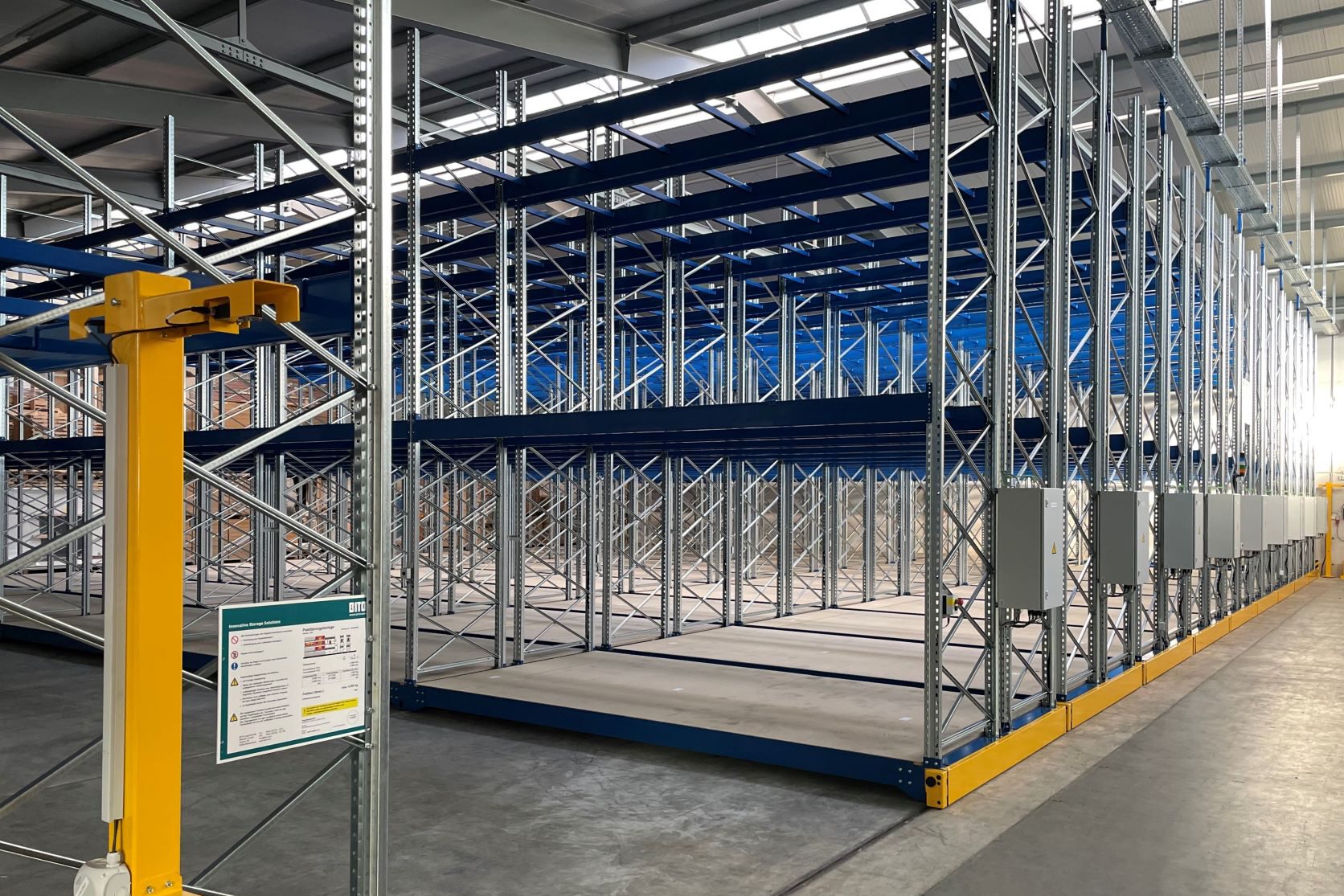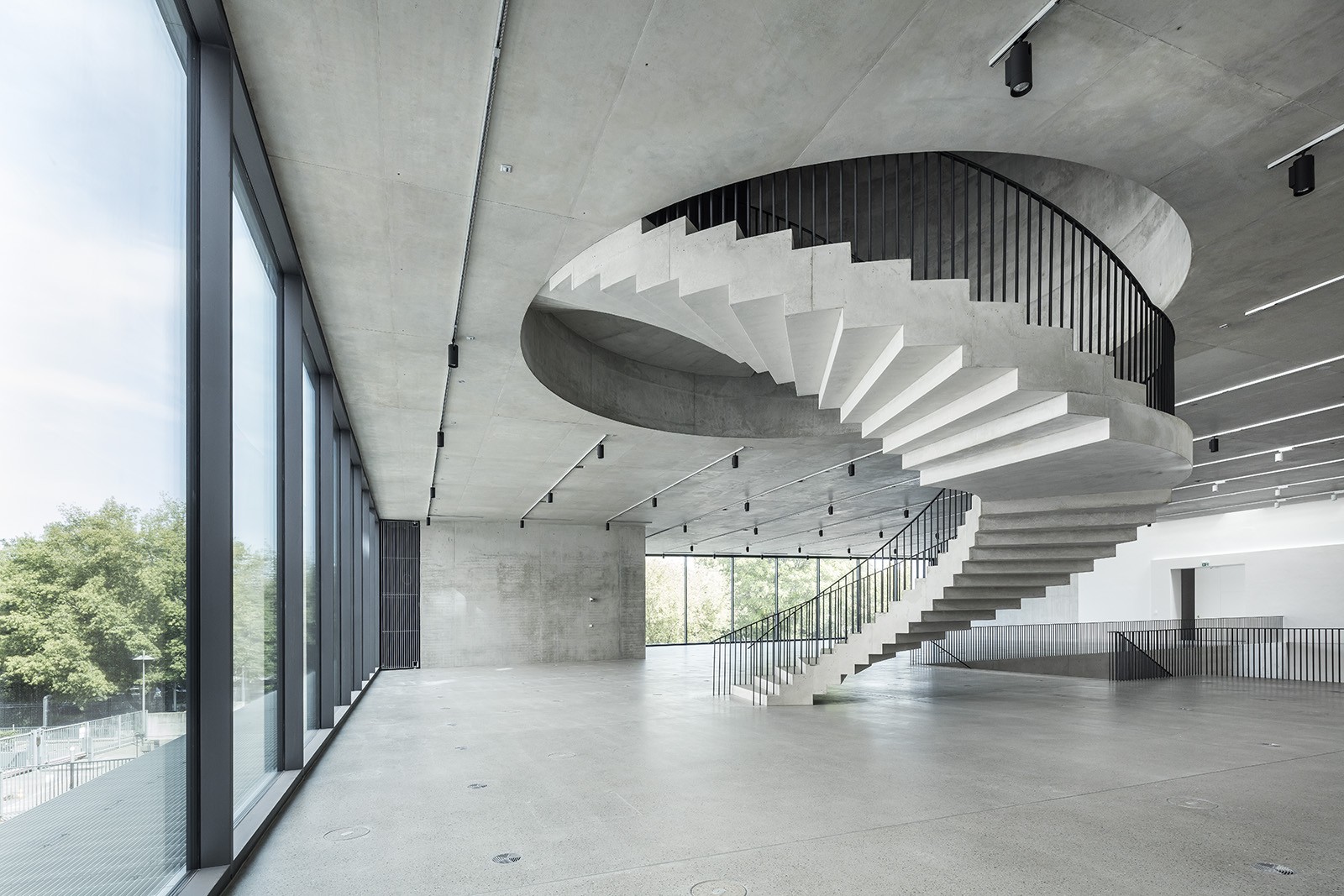The return of trade fairs, and the need for sustainable working practices in the trade fair industry
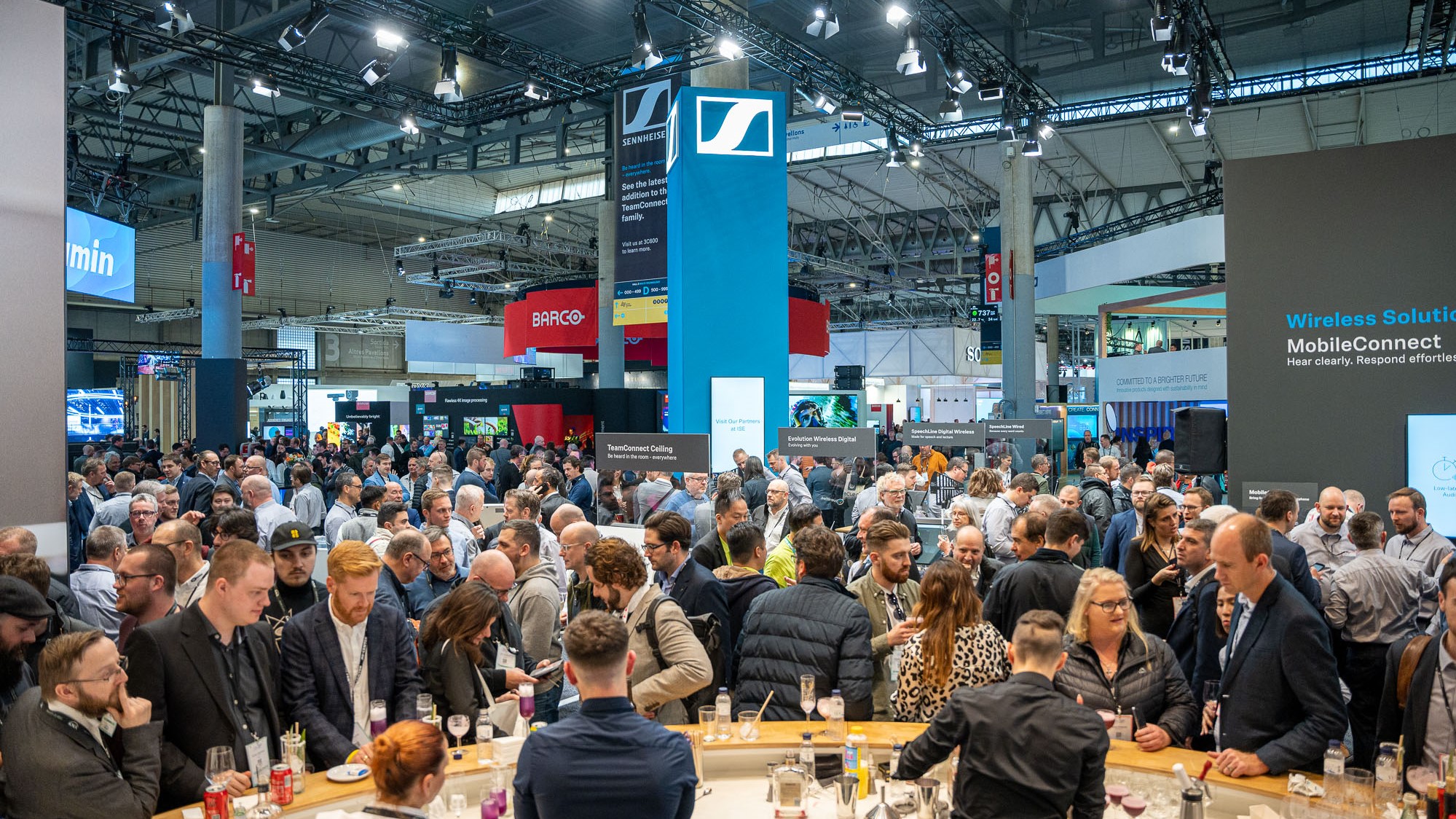
2022 was the third exceptional year in a row for the German trade fair industry: although the first quarter was almost completely cancelled due to official bans on trade fairs, by autumn at the latest, around 70 per cent of exhibitors, and almost 65 per cent of visitors, had returned. Nevertheless, as a result of the bans, postponements and cancellations of trade fairs since the beginning of 2020, the enormous overall economic damage grew even further in the past year.
“We have already been able to hold our own somewhat better over the course of the year, beyond the growth in trade fair orders, thanks to a large number of shop, interior and museum projects,” says Managing Director Lena Zeissig on the positive development of ZEISSIG GmbH & Co. KG.
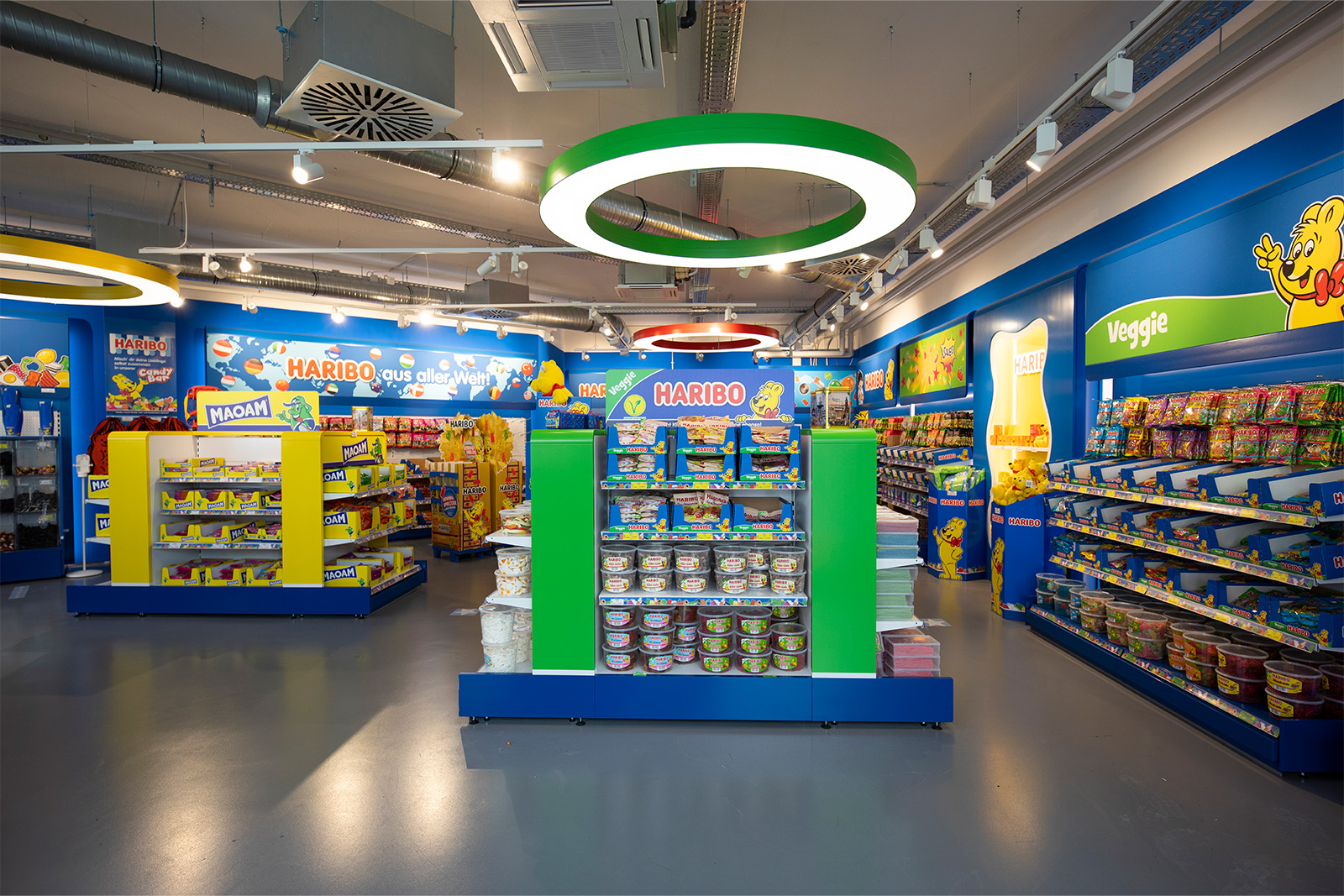
For the first time since the outbreak of the corona pandemic in Germany, the expectations are that 2023 will be a complete trade fair year, with at least 340 trade fairs.
More than 110 trade fairs have already been held in Germany in the first quarter – which was a busy period for events – including beacons such as the travel trade fair ITB in Berlin, and the international dental show IDS in Cologne.
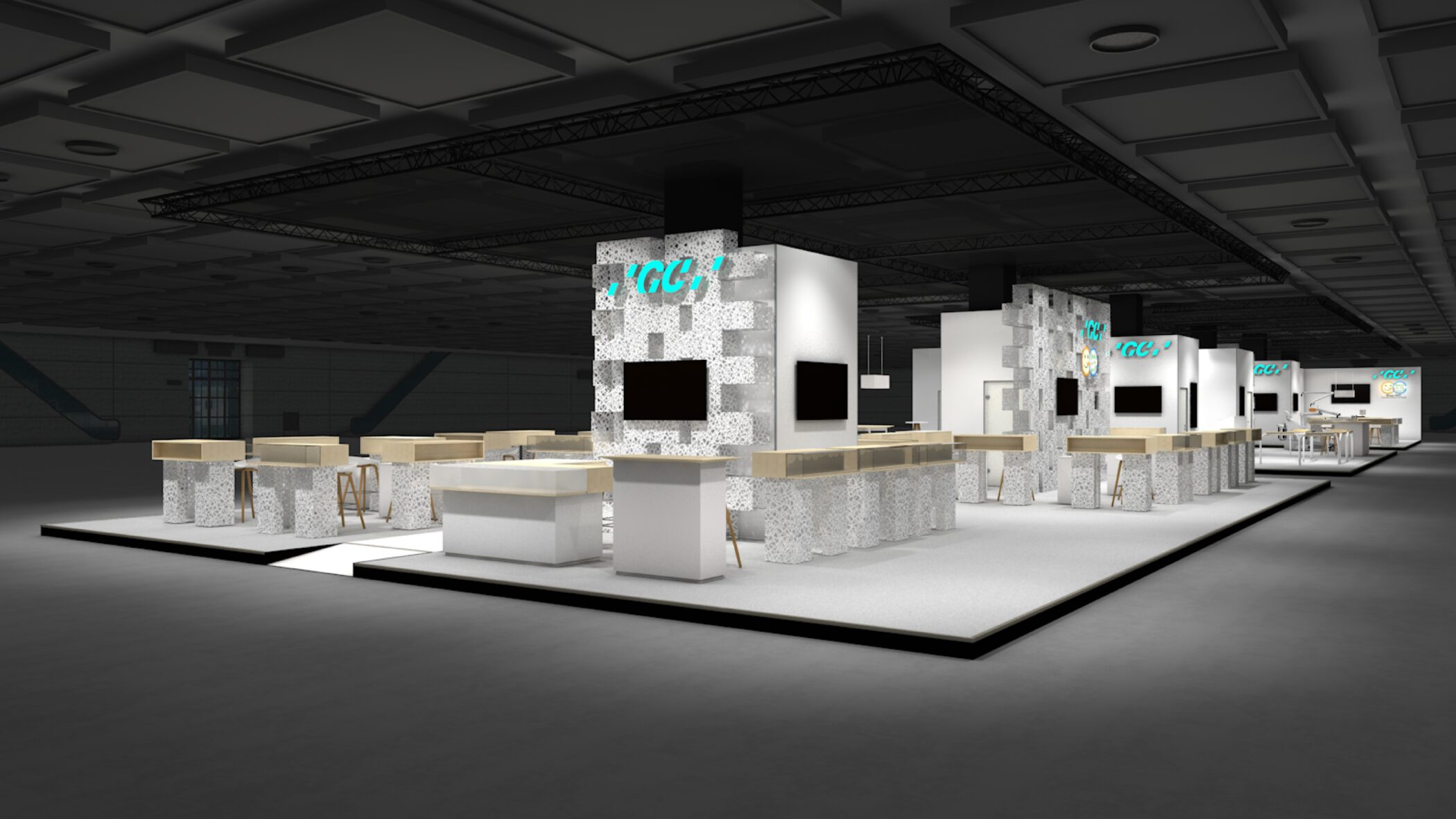
The world’s leading trade fair for architecture and materials, Bau, in Munich, and the world’s leading trade fair for industry, Hannover Messe, will be held in April. ZEISSIG was and is intensively involved in these trade fairs and many others during this period.
Trade fairs were and remain an important component in the marketing mix of industrial companies. In an increasingly digitalised world, trade fairs are needed as analogue highlights. Well-designed trade fair presentations are perfect vehicles for this purpose, as they appeal to all the senses, build trust through personal contacts, and can inspire visitors. The industry will therefore continue to recover this year, but will probably still not match the levels seen in 2019 – because the overall economic uncertainties are too great: due to considerable cost increases, the energy crisis, a lack of skilled workers, and levels of business travel that have still not returned to normal. Nevertheless, all the players in the German trade fair industry have left their more or less pronounced crisis mode behind them, and can therefore again rigorously devote themselves to a key future topic:
Sustainable management as a supporting pillar of corporate strategy, according to the “reduce – reuse – recycle” model.
For ZEISSIG, sustainability in exhibition stand construction means, first and foremost, countering the throwaway culture of earlier years, with innovative exhibition architecture using individually designed components that are nevertheless still reusable. In addition to consistently modular construction principles, and a targeted choice of materials, a clear design language enables use over many years, and thus largely avoids waste, and conserves resources.
A necessary prerequisite for the implementation of such a concept is the availability of generous storage capacities. As part of its future planning and growth strategy, ZEISSIG therefore applied to the responsible building inspectorate at the beginning of 2019 for permission to expand the existing storage areas by 2,000 square metres. With this measure we also intended to stop using a rented warehouse some 20 km away, which required very frequent transport and shuttle journeys between the production facility and the external warehouse, which were not only time-consuming and therefore cost-intensive, but above all, environmentally incompatible. However, the planning authorities failed to process the building application and issue a permit within a year, despite a previously positively assessed preliminary building application – and then Corona came along.
All the plans for the future, especially the growth targets, were ruined from one day to the next. Even the need for more storage space also disappeared over the horizon. Likewise, it could not be assumed that the planning authority would increase its work intensity compared to the previous year during a period that was essentially characterised by Corona defence measures. Nevertheless, the external warehouse was to be given up for the reasons already mentioned. The best permanent solution proved to be to invest in another 6 m high mobile racking system, this time with 1,254 storage spaces, and a load capacity of more than 752 tonnes. This was installed at considerable expense in a warehouse that had been commissioned only a few years previously in order to replace two of four simple storage platforms, and thus to almost double the space utilisation – which meant that all the components and materials previously stored in the external warehouse for reuse could be relocated.
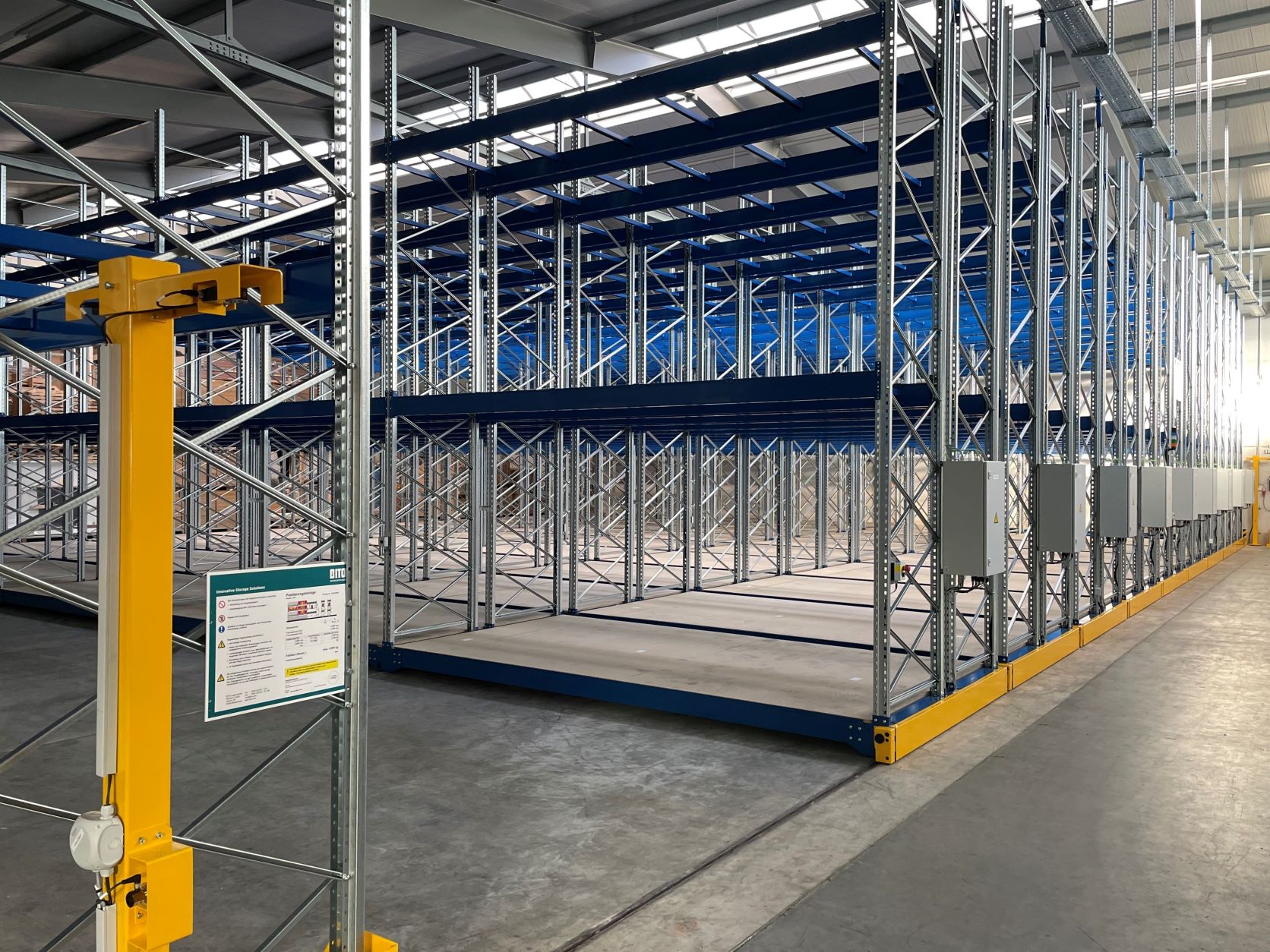
The avoidance of the potential construction of a new building – with the inevitable land consumption – plus the doubling of space utilisation, the reduction of travel distances, the use of an existing warehouse, not to mention the installation of an LED lighting system associated with the conversion, and the avoidance of truck and shuttle journeys to a rented external warehouse, considerably reduced future energy use, and thus CO2 emissions, and thus make a significant contribution to climate protection. Incidentally, the planning authorities have still not granted permission for the new building we originally applied for.
ZEISSIG has always endeavoured to sustainably improve the company’s energy balance by means of effective individual measures. For example, all residual wood from production, as well as non-reusable components made of wood materials, are shredded and stored in silos to be burned in the winter months instead of being disposed of in an expensive and environmentally harmful way. This means that no fossil fuels are needed, the company is independent of the prices dictated by the relevant suppliers, no landfills are polluted, and the energy balance is already significantly improved.
A feasibility study was conducted in 2019 to investigate which renovation measures could be implemented to optimise the energy efficiency of the administration building shell and the building technology, in conjunction with the creation of contemporary, flexible and more efficient working environments. However, corona also prevented the findings from being translated into concrete planning steps. In the meantime, a start has now been made after the return of a largely normal business volume, to build on this study and formulate the former task even more comprehensively, and to include further improved energy efficiency and climate protection effects.
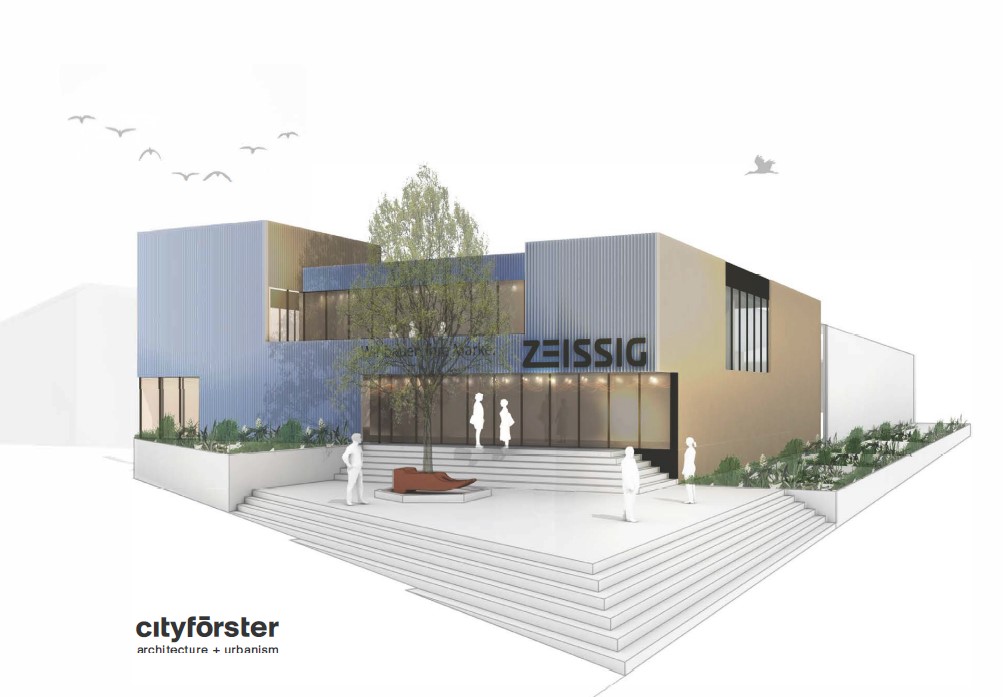
The building in its existing form has a high heat input due to the large amount of glass in the front facade, and low thermal protection in summer, which is compensated for by energy-intensive air conditioning systems. The conversion concept now envisages replacing the glass buildings with a new two-storey building with a reduced, heat-loss-optimised glass ratio, and integrating summer heat protection. This not only reduces heating and cooling requirements, but also ensures the long-term use of the building when the probable climate change impacts occur. Together with an energetic refurbishment of the rest of the building shell, in conjunction with the regenerative heat and energy generation also planned in the concept, a significant reduction in CO2 emissions will be achieved. The target of the conversion measures also breaks with the classic office structure, generates more space for casual meetings and the exchange of ideas, and creates the prerequisites for hybrid working methods.
Largely climate-neutral energy generation is to be achieved by using the aforementioned residual wood not only for heating purposes, but to also generate electricity in the future through a combined heat and power plant. Since a very low level of energy generation must be taken into account in the summer half-year due to the low demand for heating, another photovoltaic system with storage will supplement the installation. This will be dimensioned to not only ensure that complete self-consumption is guaranteed, but also that the car fleet, which is gradually being converted to electric or hybrid vehicles, can directly draw as much energy as possible from it.
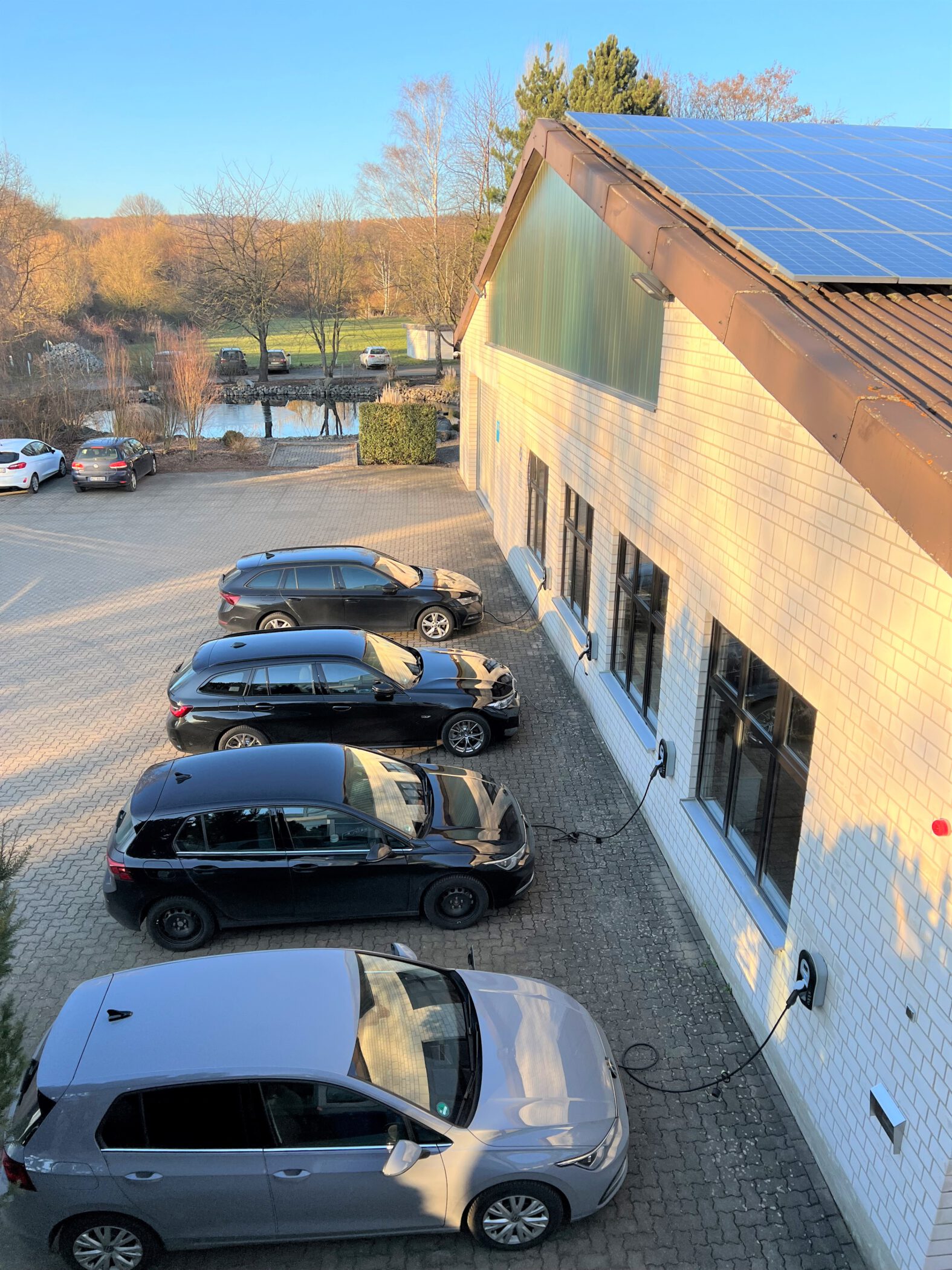
The further technical design is measured against the most modern options. The concept envisages converting the lighting to an adaptive brightness and presence-oriented control system, and to incorporate a sensor-supported energy management system. The production buildings also benefit from the replacement of the heating system, the improvement of the exhaust air situation with optimised waste heat utilisation, and further insulation measures.
With these projects, a significant part of the company’s energy transformation will already have been achieved, as clearly shown in the degree of savings this makes possible. The balance sheet circle of the targeted measures, calculates a reduction in the annual energy demand of 242 MWh – corresponding to a saving of 60.6 %, or an annual Co2 reduction of 124.2 tonnes.
“We consider this to be more than respectable, even if we are still a long way from the climate neutrality that everyone is striving for. Green electricity by 2025 – climate neutrality by 2035 – we see such concrete targets as problematic, because one will be measured against them, and will have to explain oneself if one fails to meet them – which is already happening in many cases. Unpredictable events also influence the achievement of targets, as we all know only too well over the last few years. And last but not least, we should keep an eye on the financial feasibility of climate protection measures. It is therefore better to do what is possible – both technically and financially – and not, in the face of overambitious targets, to concentrate one’s activities on partly questionable compensation models,” says Hartmut Zeissig explaining his personal view on this issue.
